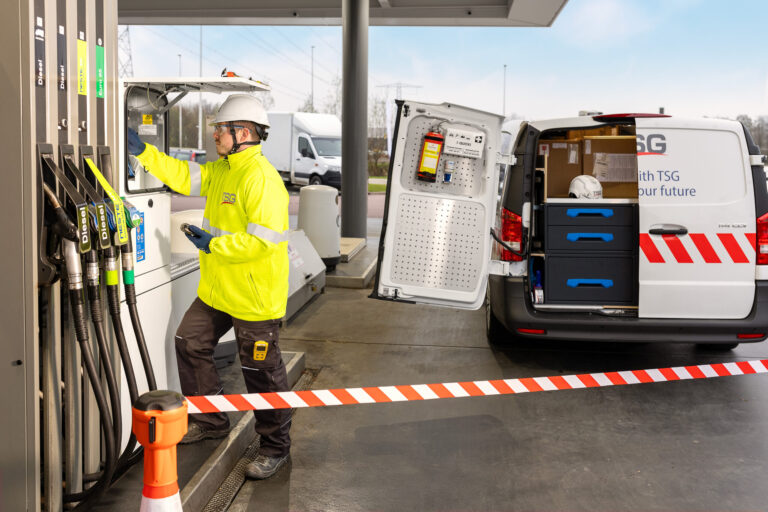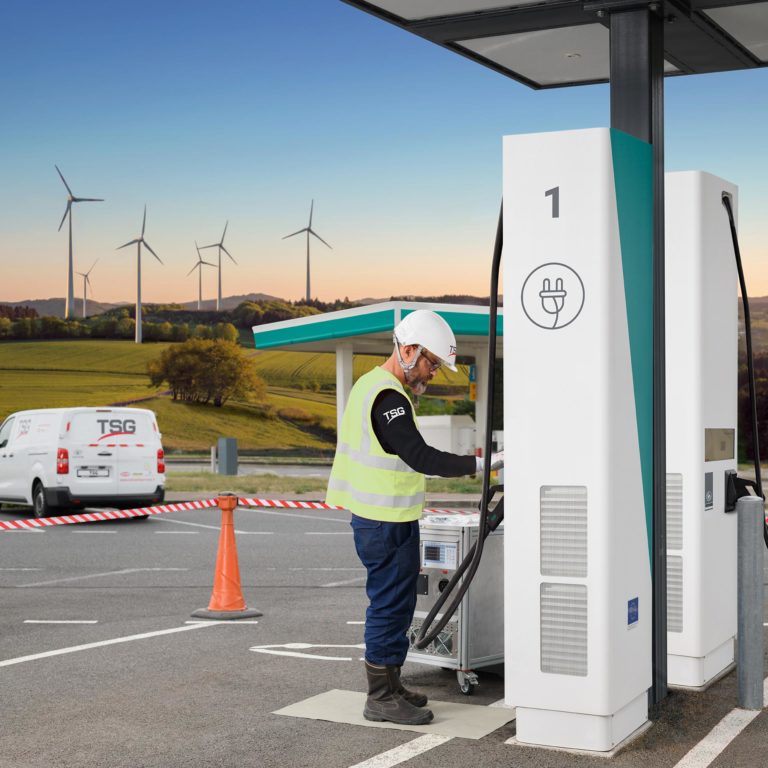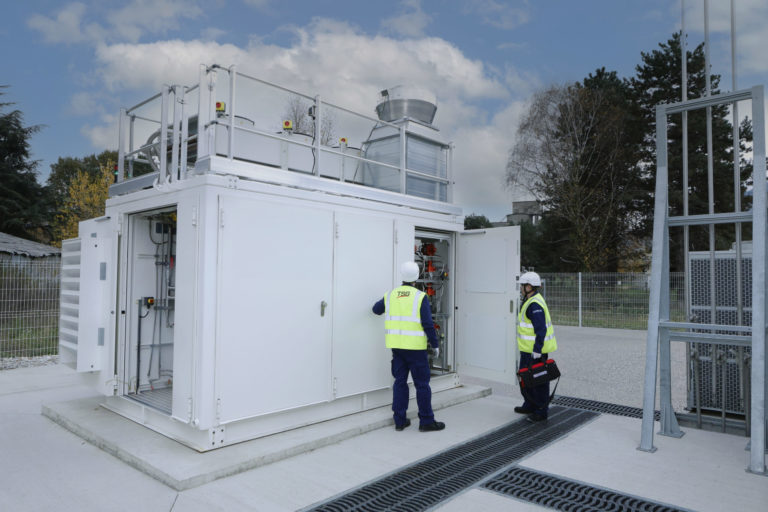In a moving world, TSG and its skilled technicians are enabling a more sustainable world.
For all customers
We provide all types of clients, from service station and mobility hubs networks to fleet operators and beyond, with a one-stop shop of innovative energy and retail solutions, paving the way towards responsible energies and expanding consumer offerings beyond powering mobility.
With technical & energy solutions
We are pioneers in the transition towards biofuels, gas, electric charge, and solar installations while situated at the cutting-edge of the coming hydrogen revolution. As mobility enters a new, more responsible era, we are helping defining the mobility hubs of the future, but not only, with new retail experiences, adjacent services, innovative digital services and integrated electrical and energy efficiency solutions.
A unique growth story
We are growing fast, backed by an entrepreneurial culture and shareholder. Yet, all of this change is made possible by our people – 3,600 technicians across 30 countries, and growing. They are our strongest asset, steering the energy transition on-the-ground and enabling a new era of responsible mobility solutions.
Moving to a sustainable world
By offering a one-stop-shop for innovative energy & retail solutions, we enable the transition to responsible mobility.
Business Segments

Traditional Energy

New Energy

Systems & Payment










